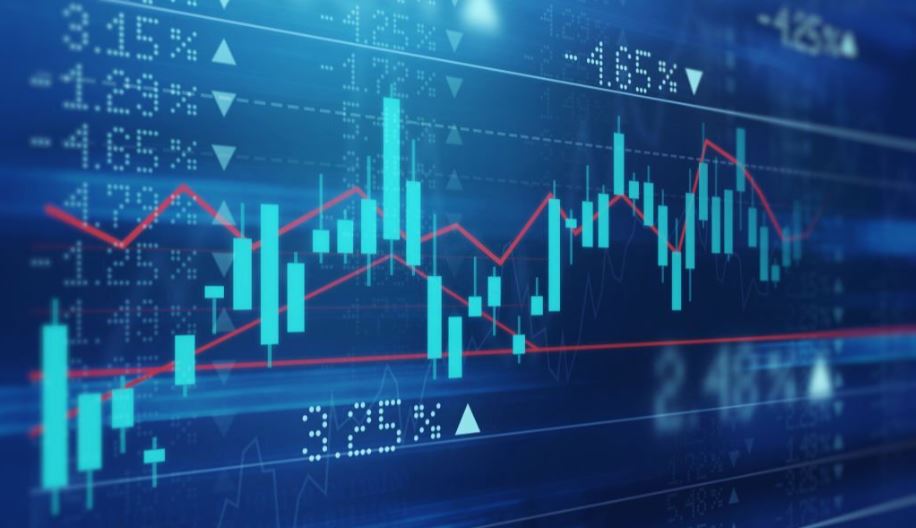The United States is experiencing a shift in its economic landscape due to the Federal Reserve’s ongoing increase in its benchmark interest rate. Presently, interest rates have surpassed 5% as the Fed aims to curb inflation and restore financial conditions to a more typical state. Roger Ferguson, a former vice chair at the Federal Reserve, noted that the prolonged period of near-zero interest rates had been highly unusual and unexpected. Previous financial crises influenced Fed policymakers to maintain historically low-interest rates for extended durations, disrupting the fundamentals of personal finance and business in the country. Unconventional policies implemented by the Fed caused reduced returns for safe investments such as government bonds, Treasury securities, and savings accounts during low-interest rates. Conversely, low rates led to increased valuation of stocks, homes, and Wall Street firms that leveraged debt to generate profits. With the Fed raising interest rates, safer investments may become more lucrative, but older bets financed with variable loans tied to the interest rate could turn problematic, contributing to a wave of corporate bankruptcies in the U.S.
Gregory Daco, the chief economist at EY-Parthenon, pointed out that the high-interest rate environment could limit unproductive investments that do not generate substantial revenue, contrasting with the almost risk-free environment of low-interest rates. Debates among economists have arisen in recent years concerning the merits of a zero lower-bound policy. As the Federal Reserve increases the federal funds rate, policymakers warn that high rates might persist for an extended period, even if inflation decreases. Mark Hamrick, Washington bureau chief at Bankrate.com, believes that unless a major catastrophe occurs, lower interest rates are unlikely to return anytime soon.



